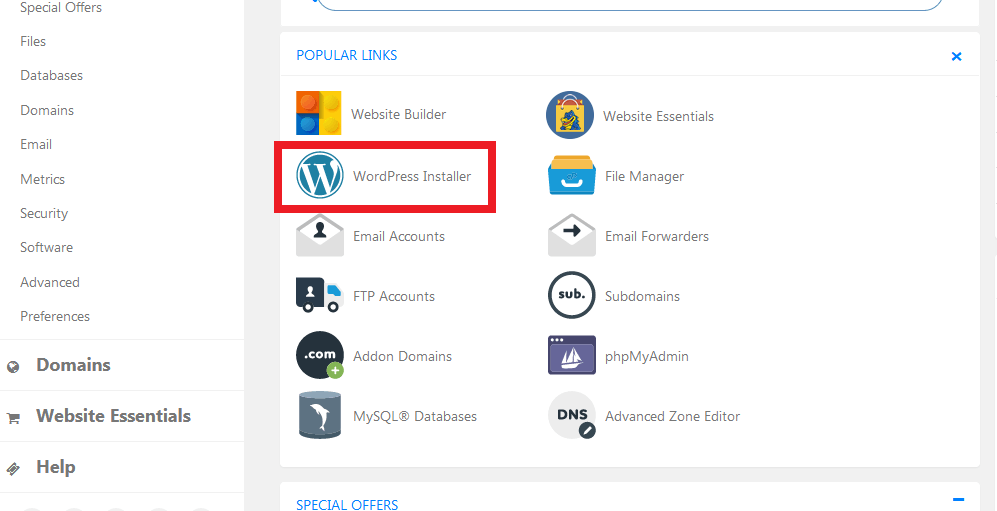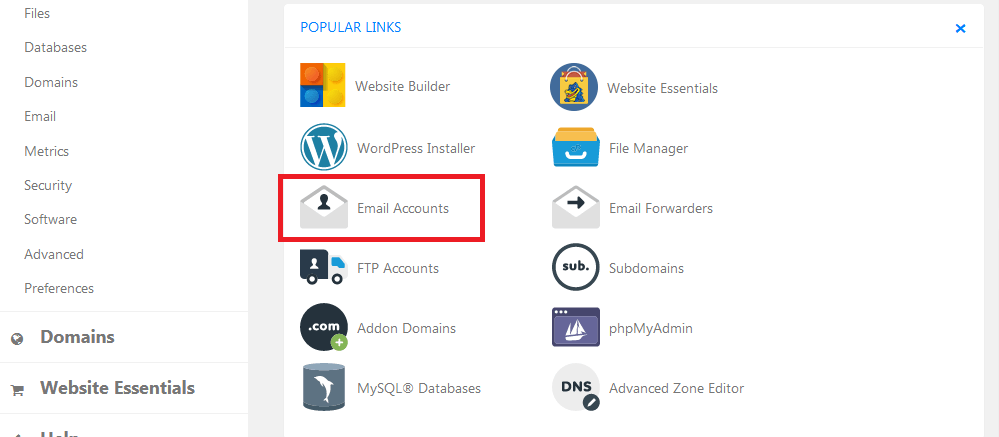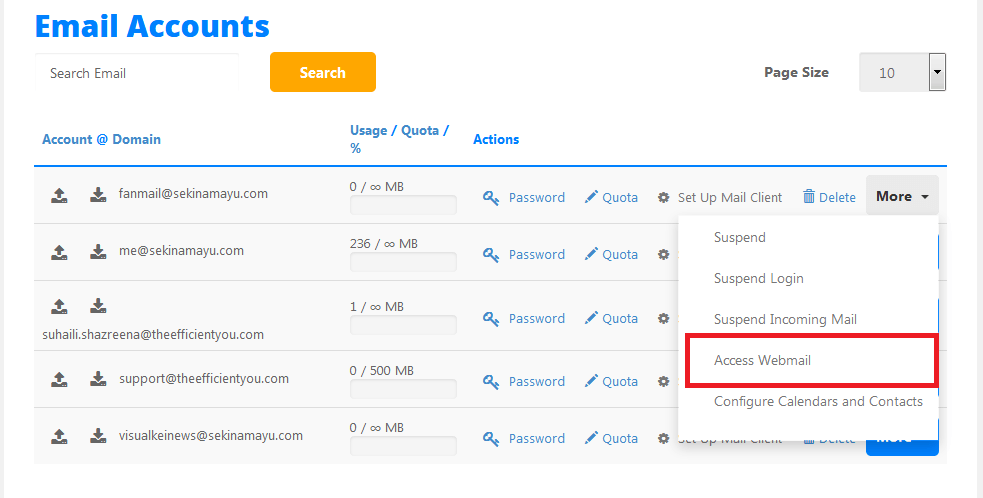
WordPress website setup tutorial
This WordPress website setup tutorial will certainly come in handy now since you already have your own domain name and also a hosting plan.
If you have yet to do so, I highly recommend you to get your domain name and also your hosting plan first.
The reason for that is because the self-hosted WordPress site requires you to have your own domain name and also your own hosting plan.
Don’t get yourself confused with WordPress.com. It’s still WordPress in the technical sense.
But WordPress.com doesn’t require you to have your own hosting plan. You can still buy a domain name just like the self-hosted WordPress. But you can’t do much with the customization unless you opt for the premium plan.
In all honesty, you may as well opt for the self-hosted WordPress since you have the freedom to create all sorts of websites with WordPress.
For this WordPress website setup tutorial, I’ll be using Namecheap for the domain registrar and HostGator for the hosting plan.
You can use other domain registrars and web hosting services if you’d like. The process for setting up a WordPress site should be more or less the same.
WordPress website setup tutorial for beginners
Before we begin with the WordPress website setup tutorial, be sure to have the email that you got from your web hosting service with you.
The reason for that is because it contains vital information such as your nameserver, your login credentials and also the link to access your cPanel.
Now that you already have this information with you, it’s time for you to begin with the first part of the setup.
And that is setting up your domain name to point out to your server.
Setting up domain name to host
Since we’ll be pointing the domain name to another host, that mean we will have to override the default setting.
In order to do that, we need to change the setting on our domain name into a custom host.
Namecheap has a tutorial on how you can setup your domain name to connect to another hosting service. So, take a look at the tutorial right here to begin with the setup.
Once you already completed the setting, you need to wait for a little bit for the domain name to propagate after the nameserver change.
It doesn’t take that long for the domain name to propagate. But to be on the safe side, it’s better for you to wait for 24-48 hours for the change to take effect.
Installing WordPress on your server
Once your domain name is already propagating to your current hosting, you can now login to your cPanel and start installing WordPress.
If you’re using HostGator, you don’t have to scroll down to find the QuickInstall for WordPress. It’s right there on your dashboard.

Click on WordPress Installer to begin with the installation process.
You can also watch the YouTube video from HostGator below if you want a detailed instruction on how to install WordPress on your server.
Keep in mind that the tutorial video is based on their cPanel old interface. So, that’s why it looks different than the one above.
But the process for installing WordPress is the same as before. It’s just that the current process for installing WordPress doesn’t require you to search for QuickInstall.
With the current installation process, it goes straight to the setup instead.
The process is rather straightforward. But if you do need help, this YouTube video will guide you throughout the process.
Creating an email account dedicated for your author website
Have you always wonder how someone can have an email address with their website name on it?
Well, the good news is now you can do the same too. You can create as many email accounts as you want straight from your cPanel.
The process for creating email accounts for your author website is simple too since it’s not that much different for signing up with Gmail or Yahoo! Mail.
To begin with creating the email accounts for your author website, log in to your cPanel again and click on Email Accounts.

Once you do that, it will prompt you with the option to create an email account.
The process is rather straightforward which shouldn’t be much of a problem for you. But if you still struggle with the process, you can take a look at the tutorial by HostGator right here.
As always, the interface looks different because the tutorial is based on cPanel’s previous interface. But the process is the same regardless of the change.
So, don’t feel intimidated by that.
What email account you should create
While it’s true that you can create as many email accounts as you want in your cPanel, it’s pointless to do that if you have no way of tracking the incoming mails.
If that’s the case, then what type of email account you should create?
When it comes to what email accounts you should create, it still depends on how you plan to communicate using emails.
But if you still not sure what email accounts you should create, here are my suggested email accounts.
Email account used to communicate with other professionals
This email is solely for you to communicate with other professionals such as your editor, book cover designer, etc. You can also use this email to communicate with other authors in your genre and industry too.
If you’re thinking of signing up with a professional service, you can also use this email as well.
You can name this email account using any appropriate name. Just be sure to let people know that this is the email address that you use for work.
I also have an email account dedicated to this purpose on The Efficient You and also on my fiction author site, Sekina Mayu.
Email account dedicated to communicating with your readers
You can say that this email account is for receiving your fanmail.
I don’t have a dedicated email for readers on The Efficient You since I don’t write a lot of books under my real name. But I do have a dedicated email account for readers for my fiction author site.
Accessing your email accounts
Now that you already created email accounts dedicated to your author website, how do you access the email accounts?
Well, there are two ways for you to do that. And that is through a webmail and also through an email client.
Using a webmail
Accessing your email accounts through a webmail is the same as accessing your Gmail or Yahoo! Mail account.
All you need to do is to login to your cPanel and click Email Accounts.
From there, you will see all of the email accounts you already created.
To open the webmail, click More button next to the email account you want to access and click Access Webmail.

It will then bring you to the webmail. You can also do the same for other email accounts as well.
Using an email client
This is my preferred method to access email accounts since you don’t have to login to your cPanel every time you want to check your email.
Using an email client will also make it easier for you to check all email accounts at once too.
If you have Gmail account or any other free email account service, you can also set your email client to retrieve emails from those accounts as well.
Setting up an email client to access your email accounts
There are quite a few email clients you can use to access your email accounts. One of them is Microsoft Outlook. You can also use Mac Mail to access your email accounts too.
But if you don’t have Microsoft Outlook and Mac Mail, you can use Mozilla Thunderbird instead.
What I love about Mozilla Thunderbird is that it’s free. And it’s also easy to do the email configuration on Mozilla Thunderbird too.
If you’d like to use Mozilla Thunderbird as your email client, you can download it right here:
Once you already downloaded Mozilla Thunderbird, you can now begin with the email configuration.
The process for configuring Mozilla Thunderbird to access your email accounts isn’t that hard. But if you do need help, HostGator has a thorough tutorial on how to do just that.
You can take a look at the tutorial right here:
Setting up email accounts with Mozilla Thunderbird
Using Microsoft Outlook? You can take a look at the tutorial by Hostgator right here.
For the Outlook 2011 for the Mac users, you can take a look at the tutorial right here.
Prefer to access your email from your phone? Here’s the guide on how to do email setup for iPhone and also for Android phone.
We’re almost there
Configuring your domain name, installing WordPress on your server and setting up your email accounts and email client are only just the beginning.
After all, your author website is far from done. And it’s obviously not ready for its primetime yet.
The good news is you can do all the next few parts straight from your WordPress dashboard.
That’s a good thing since you no longer have to do anything that involves cPanel.
If you manage to complete all these things already, you should give yourself a pat on the back and go treat yourself something nice. You deserve this after all the things that you have to go through.
